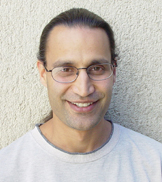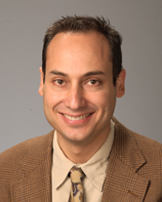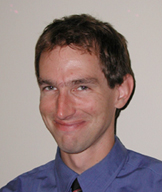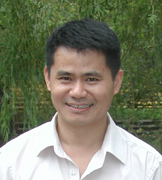




 |
 |
 |

|
| Early successes: Last November, the Geological Society of America awarded Michael Manga (top) the 2003 Donath Medal. And last December, the American Geophysical Union awarded the 2003 Macelwane Medal to Guido Salvucci, Kurt Cuffey and Liangxing Wen (second from top to bottom). |
 |
Geotimes Home | AGI Home | Information Services | Geoscience Education | Public Policy | Programs | Publications | Careers |